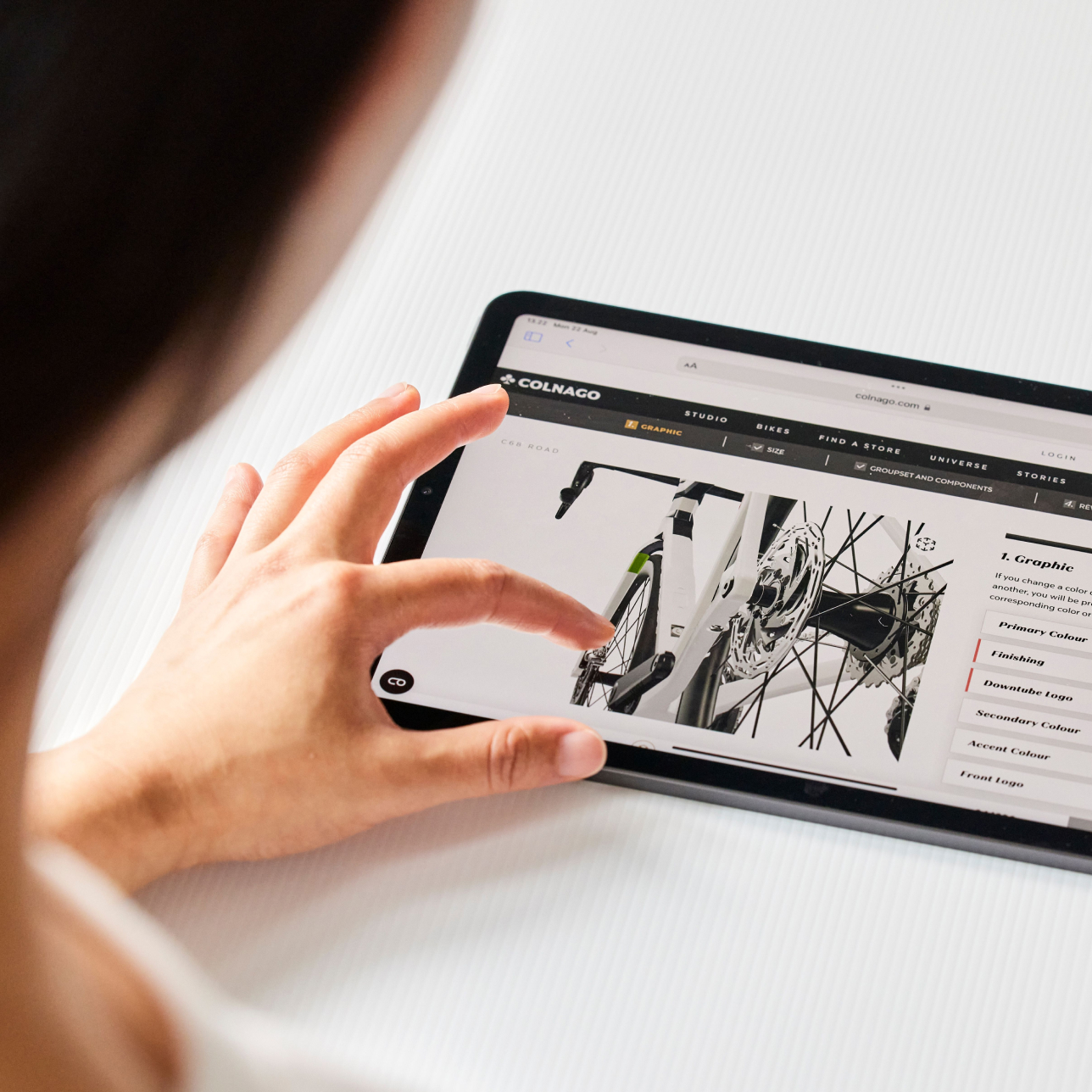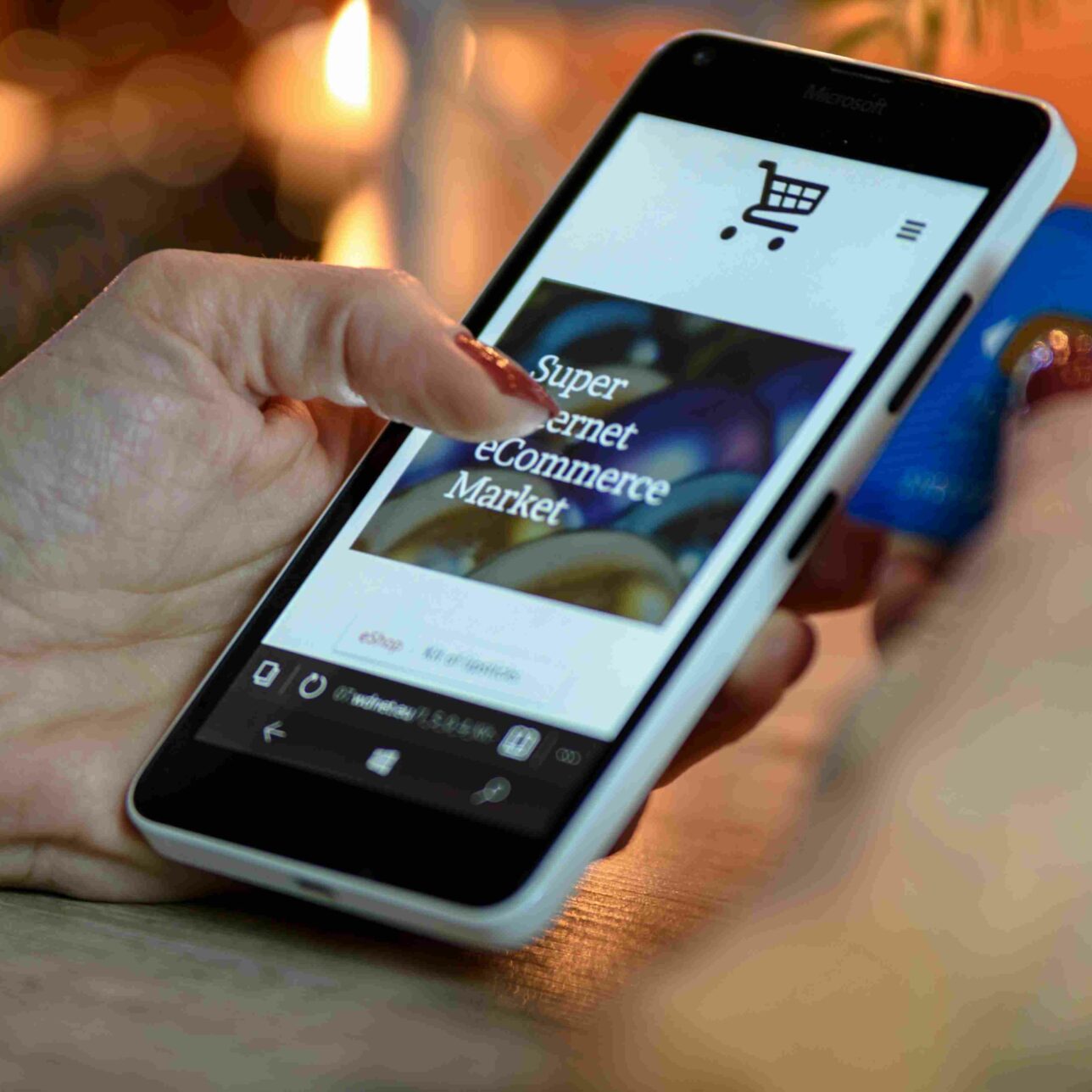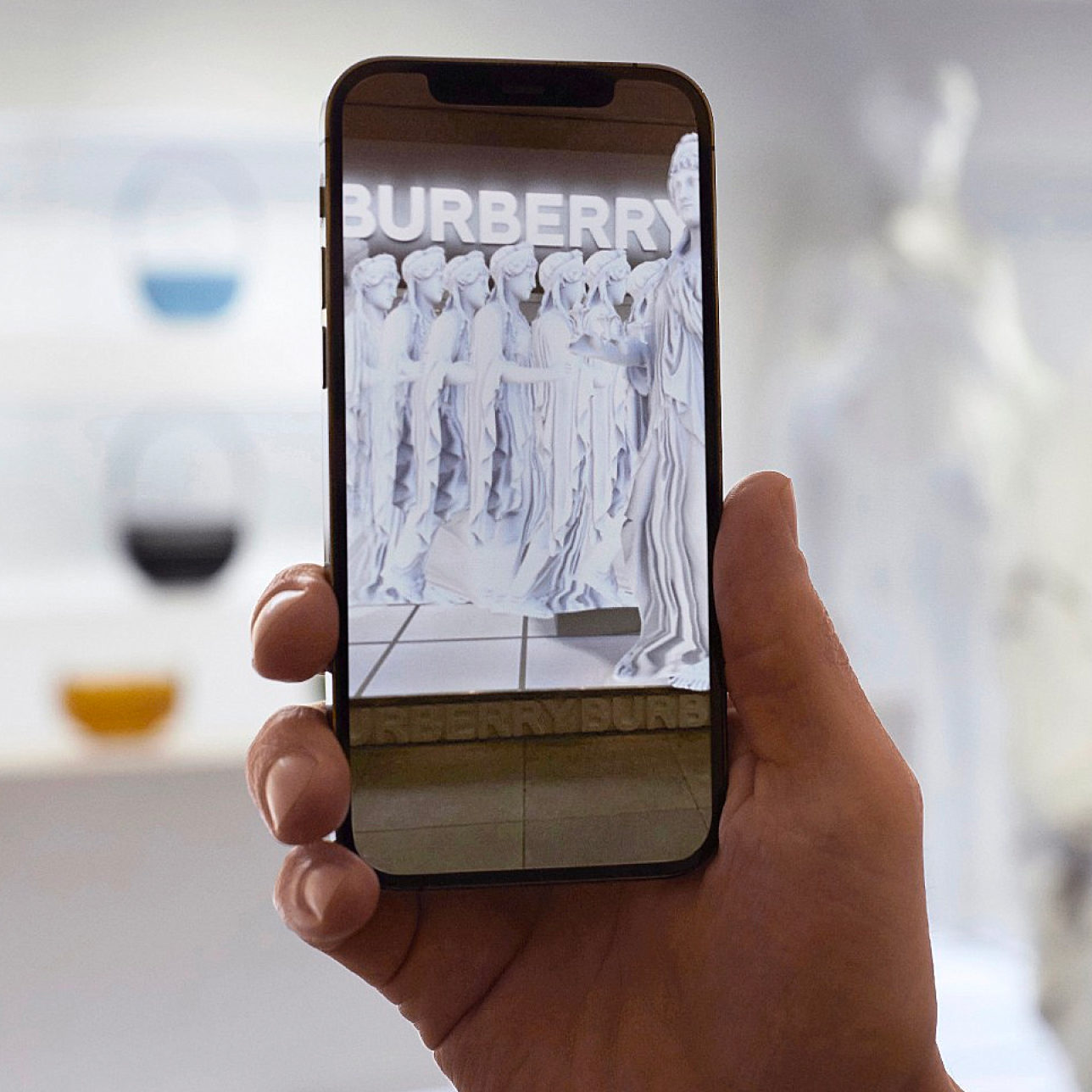A simple guide to 3D Product Photography for eCommerce brands

Product imagery has been a mainstay of online shopping since the dawn of eCommerce back in the early 90s. But as online shopping continues to evolve, so do customer expectations.
Shoppers today want more than just static images. They expect interactive and personalized shopping experiences that allow them to view and engage with products as they would in a physical store.
This is where 3D product photography comes in.
In this straightforward guide, we’ll break down what 3D product photography is, how it works and why it’s being adopted by a growing number of brands looking to stay ahead of the curve.
What is 3D product photography?
In simple terms, 3D product photography is the process of creating three-dimensional, photorealistic images of physical products. Also called virtual product photography or 3D product rendering, it provides a more versatile alternative to traditional product photography, which relies on physical samples and photoshoots to capture flat, static images.
3D product photography uses 3D scanning, computer-generated imagery (CGI) or photogrammetry technology to create lifelike digital models of products. These models can then be virtually “photographed” as standalone products or placed in various CGI environments.
The resulting 3D images can then be embedded in websites and eCommerce platforms, enabling customers to interact with them in real-time, customize elements and even view them in augmented reality (AR) to see how they fit into their space.
“[3D product photography allows] customers to view products from every angle, zoom in on fine details, and even see products in customizable environments and significantly enhances online shopping experiences […] This format shines in industries like consumer electronics, automotive, furniture and fashion accessories, where tactile detail and design nuances are critical.“
– Shehar Yar, CEO, Software House
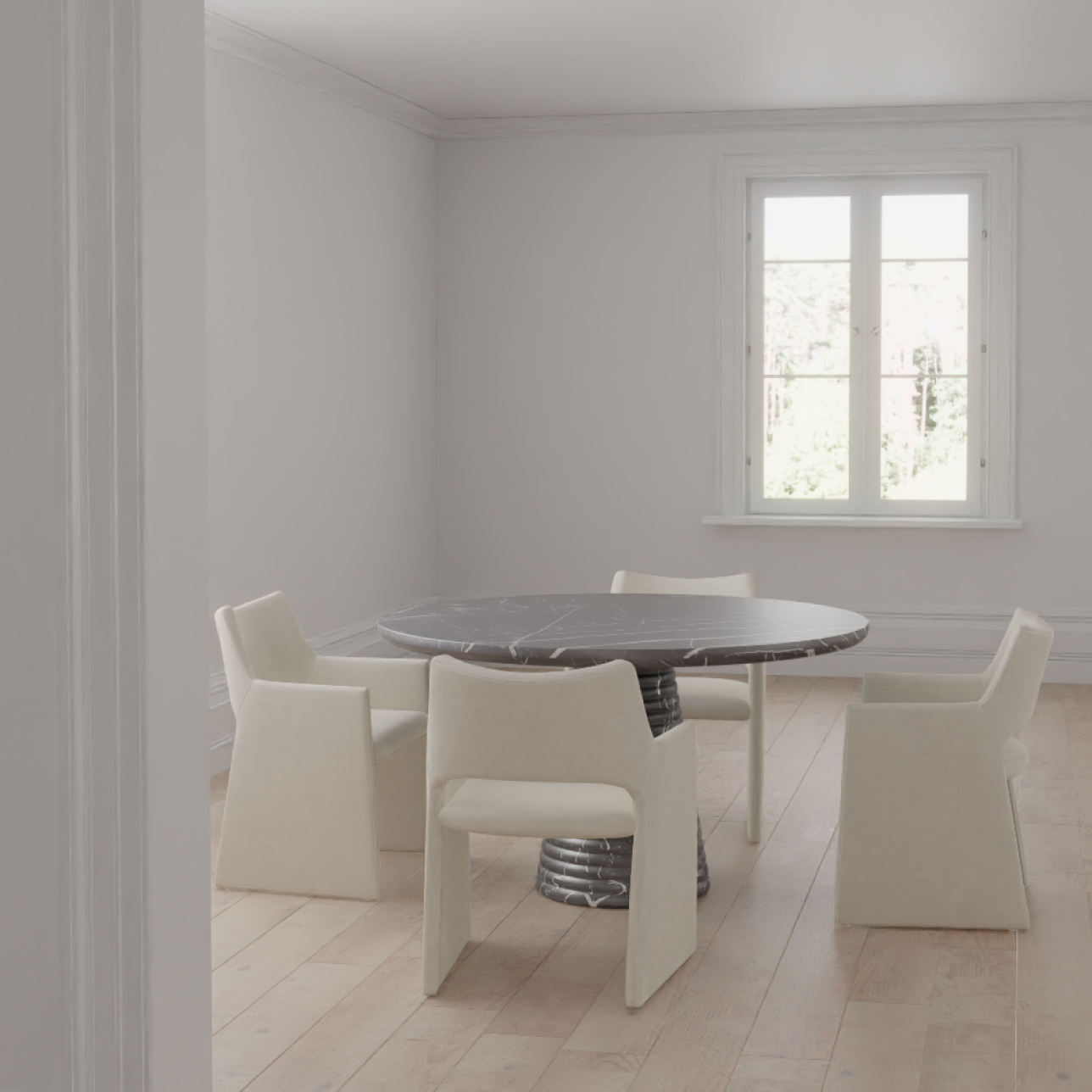
How does 3D product photography work?
There are several methods to capture and generate 3D product images, each offering different levels of realism and flexibility. Here are the four main mechanisms:
- 3D Scanning – uses laser scanning or structured light to capture an object’s shape and texture, turning it into a digital 3D model.
- Photogrammetry – involves taking multiple high-resolution images from different angles and stitching them together to create a 3D representation.
- 3D Rendering – uses CGI to create hyper-realistic models based on technical specifications rather than physical photography.
- 360° Photography – captures a series of images around a product, allowing customers to spin and view it from different perspectives. (This method is technically not fully 3D but produces a similar effect and can still be interactive).
These product photography methods make it possible to create versatile and reusable digital assets that can be used in various contexts and deployed across multiple systems, from websites to eCommerce platforms to AR and VR tools.
3D product photography vs. Traditional product photography
So now that we know what 3D product photography is and how it works, let’s look at how it compares to conventional photography methods:
| Feature | Traditional Photography | 3D Product Photography |
| Visual Format | Static images | Interactive 3D models |
| Customer Engagement | Limited | High (zoom, rotate, customize) |
| Cost Over Time | High (reshoots needed) | Cost-effective (one model, multiple uses) |
| Versatility | Only for product pages | Usable across eCommerce, ads, social media |
| Customization | Fixed | Customizable (colors, textures, features) |
Traditional photography has long been the standard in the eCommerce world, but 3D product photography is quickly gaining traction for its ability to create more dynamic, affordable and scalable visuals.
“Traditional product photography has limits. Once a shot is taken, that’s it. Need a different angle? Another color? A slight tweak? Time for another shoot. 3D rendering eliminates that. Change lighting, materials, or perspectives instantly without reshooting.“
– Natalia Lavrenenko, UGC Manager/Marketing Manager, Rathly
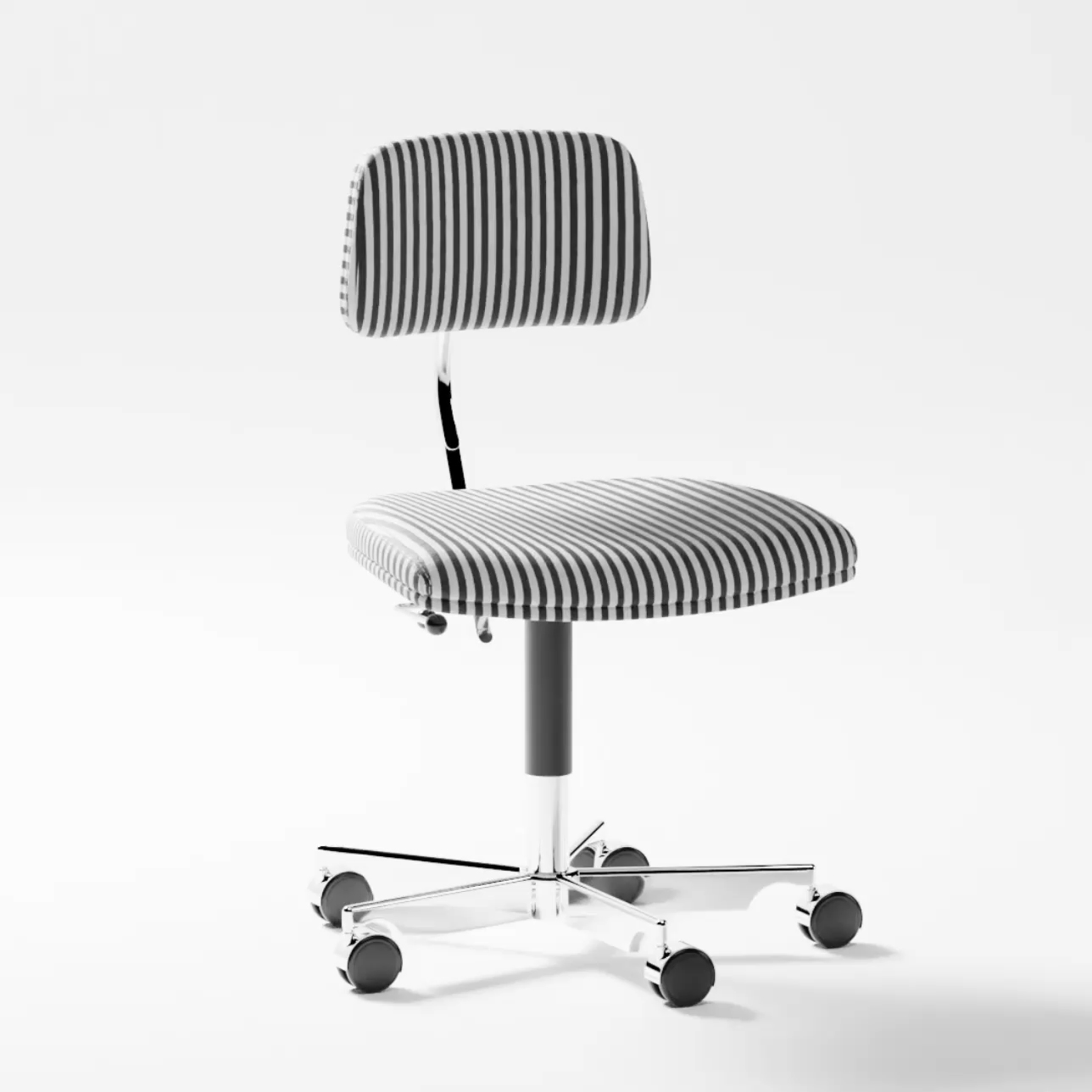
The Key Advantages of 3D Product Photography
Brands turning to 3D virtual product photography are looking to unlock a range of potentially game-changing benefits, including:
- Cost Savings – a single 3D asset can replace multiple photoshoots and re-shoots, saving big on production costs.
- Enhanced Customer Engagement – online shoppers spend more time interacting with 3D models, leading to higher conversion rates.
- Reduced Returns – more accurate product visualization leads to fewer misunderstandings and returns.
- Seamless Integration – 3D assets can be used across eCommerce sites, social media, virtual showrooms and even AR applications.
- Customization & Personalization – customers can modify colors, materials and configurations in real time.
- Cross-Department Versatility – a single 3D product model can be used seamlessly across various teams including eCommerce, sales, marketing and even product development.
Don’t take our word for it – according to a study by Shopify, 3D and AR-powered product visualizations increase conversion rates by up to 94%. With such clear benefits, it’s no real surprise that a growing number of major online retailers are embracing this technology.
“One of the standout advantages [of 3D product photography] is customization. A furniture retailer can showcase a sofa in hundreds of fabric and leg combinations without the logistical nightmare of photographing each variation. Similarly, 3D photography allows eCommerce brands to display products not yet physically available, speeding up time-to-market and enabling pre-sales.”
– Saddat Abid, CEO, Property Saviour
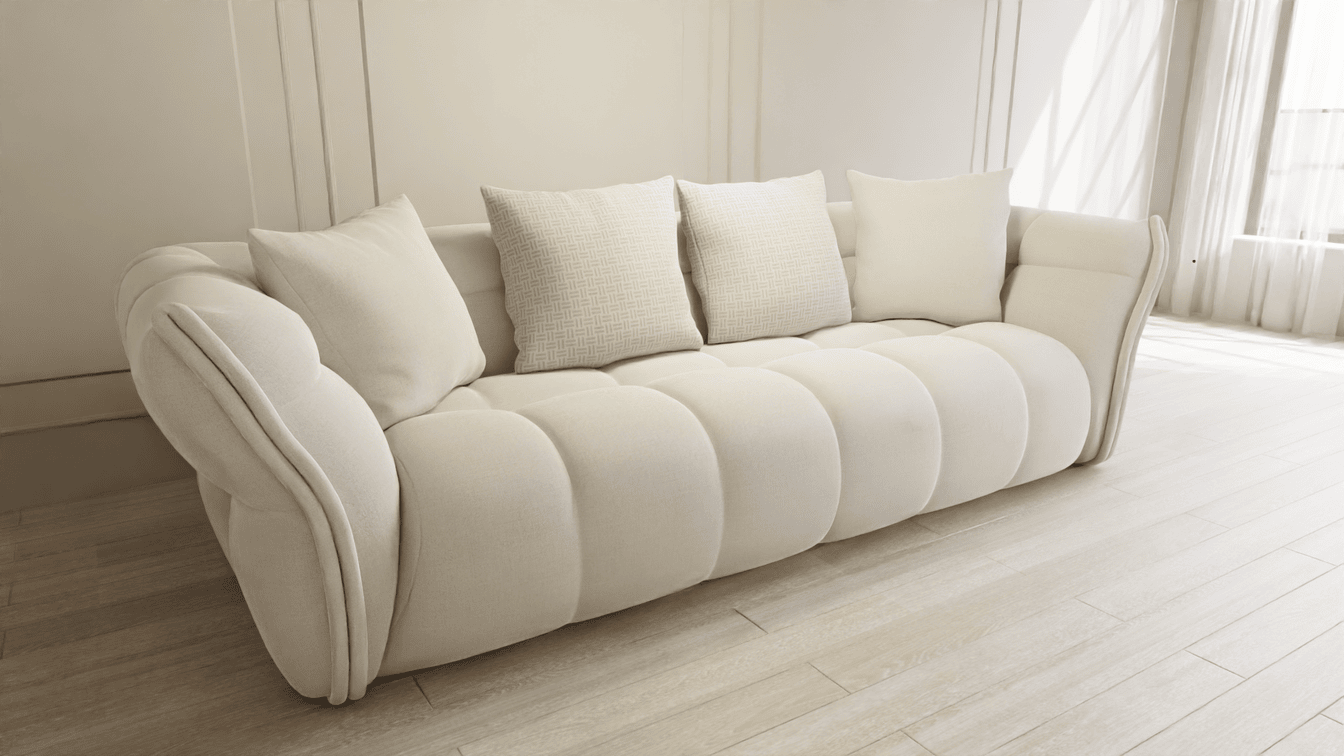
Challenges and considerations
Many brands can benefit from 3D product photography but it’s important to consider the potential complexities involved. Let’s take a look at the challenges that may be involved with adopting this technology:
- Initial Costs – even though there are significant savings to be had over time, creating 3D models still requires an upfront investment in technology and expertise.
- Learning Curve – if unfamiliar with the technology or if the 3D software is not very user-friendly, brands may need training or third-party support to implement and manage 3D solutions.
- File Sizes & Load Times – high-resolution 3D models must be optimized to prevent slow website performance or hosted on a reliable 3D visualization platform.
- Not Ideal for Every Product – some items (e.g. textiles with complex draping or translucent materials) may be easier to capture using traditional photography. However, the best 3D photography software can still reproduce more challenging materials in photorealistic quality.
While no investment in transformative technology is without its challenges, an increasing amount of brands are finding that the long-term benefits of 3D product visualization outweigh the initial cost and effort, especially when using a solution that simplifies the process.
“The main limitation tends to be the initial cost and complexity involved in producing high-quality 3D images. However, with software becoming more accessible, it’s feasible for smaller businesses to begin incorporating this technology. As someone who values rapid delivery and high-impact design, I believe the evolution of 3D product photography will lean toward more user-friendly tools that democratize access, enabling even small brands to deliver standout shopping experiences.”
– Athena Kavis, Web Developer & Founder, Quix Sites
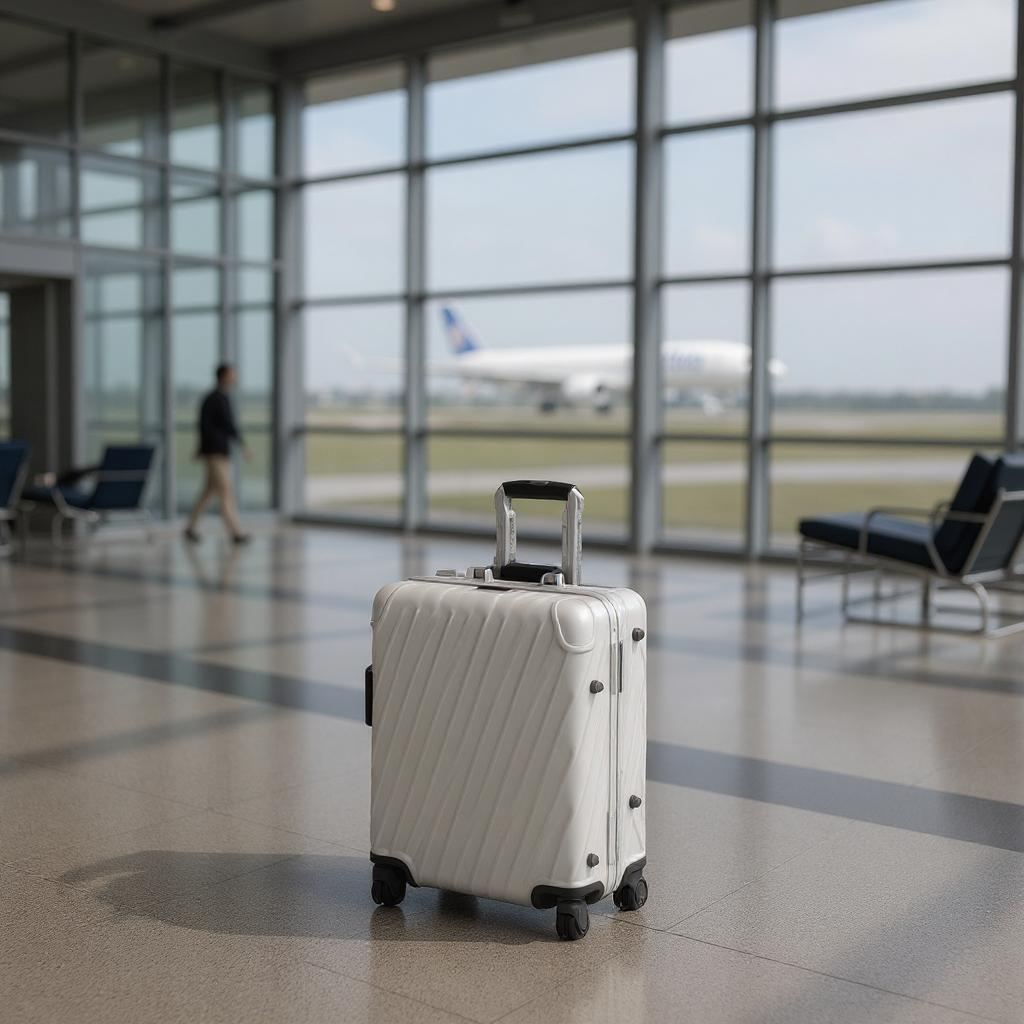
3D Photo Studio AI generated image of a suitcase
So what is the future of 3D product photography?
3D product photography is already becoming even more dynamic with the integration of AI. While 3D models have been enhancing AR and VR experiences for some time, AI is poised to take this technology to the next level by making it even easier to create stunning, hyper-realistic backgrounds and immersive environments.
Instead of relying on traditional studio setups or static digital scenes, with just a few prompts AI can create custom, contextually relevant settings that perfectly complement the product.
Whether it’s placing a velvet sofa in a stylish virtual living room or showcasing a luxury yacht on a shimmering ocean, AI-powered background generation offers endless possibilities. This advancement will enable brands to produce high-quality, multi-purpose visuals faster and more cost-effectively, as well as providing customers with a richer, more engaging online shopping experience.
“AI is revolutionizing 3D product photography, pushing the boundaries of photorealism and real-time rendering. […] AI accelerates content creation, slashes costs and offers invaluable insights by tracking how customers engage with products. The result? Increased conversions, greater customer satisfaction and a significant competitive edge. The future of product visualization is here and it’s smarter, faster and more dynamic than ever before.”
– Michael Valdsgaard, CEO, London Dynamics.
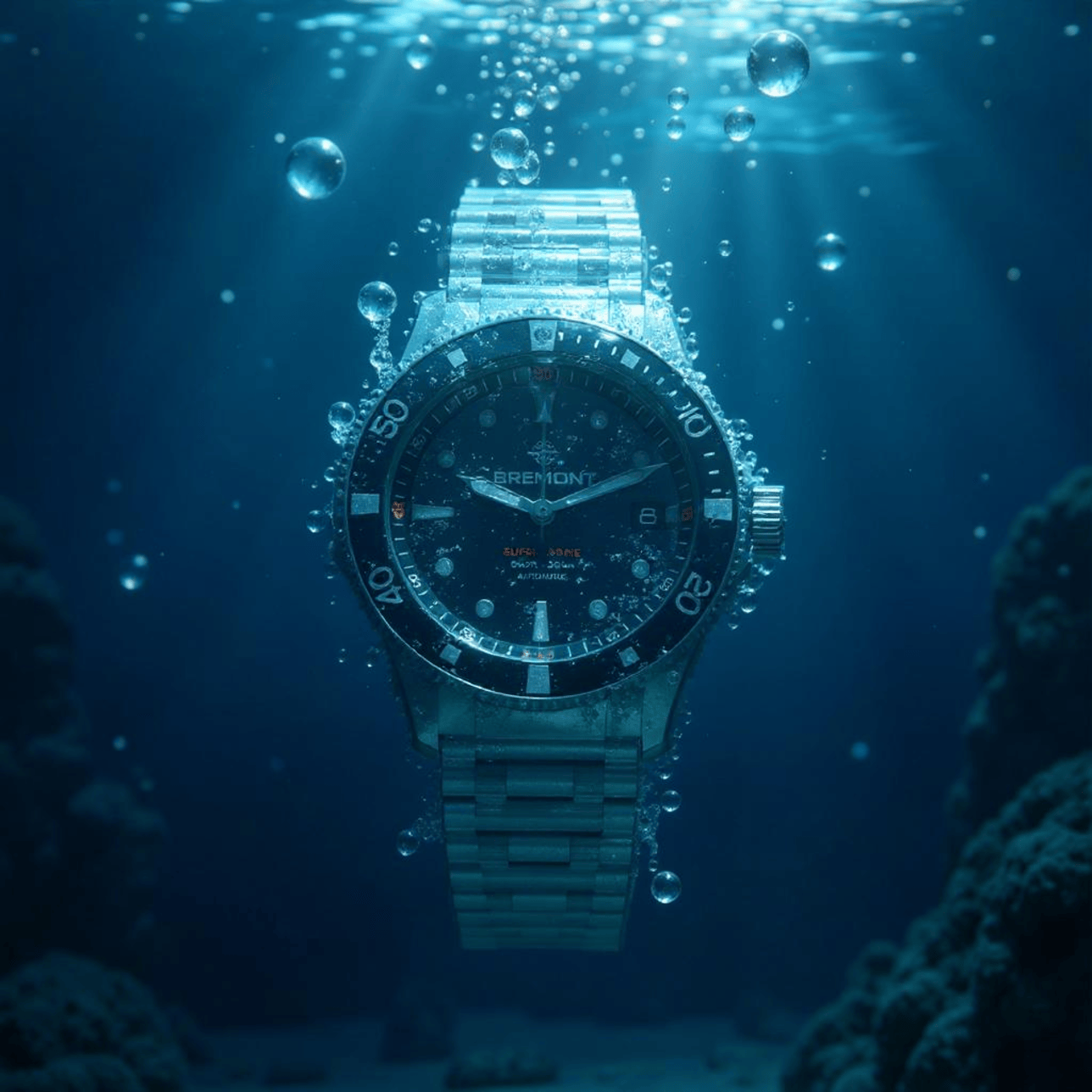
3D Photo Studio AI generated image of a watch
Making 3D product photography simple with London Dynamics
Adopting 3D product photography doesn’t have to be complicated. London Dynamics’ 3D Photo Studio offers a streamlined, cost-effective solution for brands looking to integrate 3D models into their eCommerce strategy without the usual headaches.
With photorealistic rendering, an intuitive interface and seamless eCommerce integration, our platform makes it easy to create stunning product visuals that enhance customer experience and drive sales.
Whether you’re looking to boost engagement, reduce returns or expand into AR shopping, our 3D solutions help you get there faster.
With our 3D Photo Studio, you can build once, capture anywhere to generate high-quality, reusable 3D product images for every touchpoint from product pages to ads to social media and beyond.
Ready to elevate your product imagery with 3D? Learn more about our 3D Photo Studio or contact us today!

Schedule a 30 minute introductory call with our team to learn more about the opportunities for your business.
Blog.
We’re working at the forefront of digital technology and believe in sharing knowledge within the industry to help elevate and unlock the power of 3D and AR.
